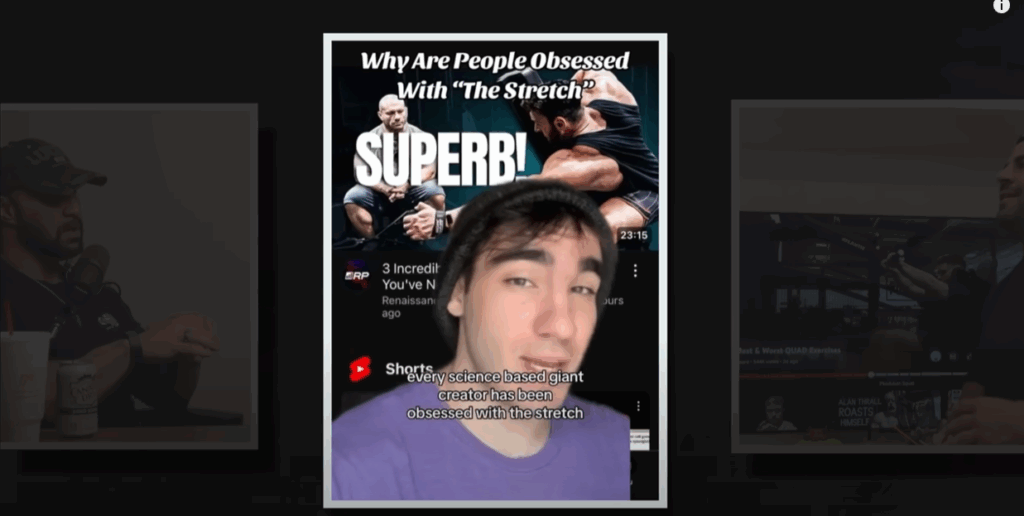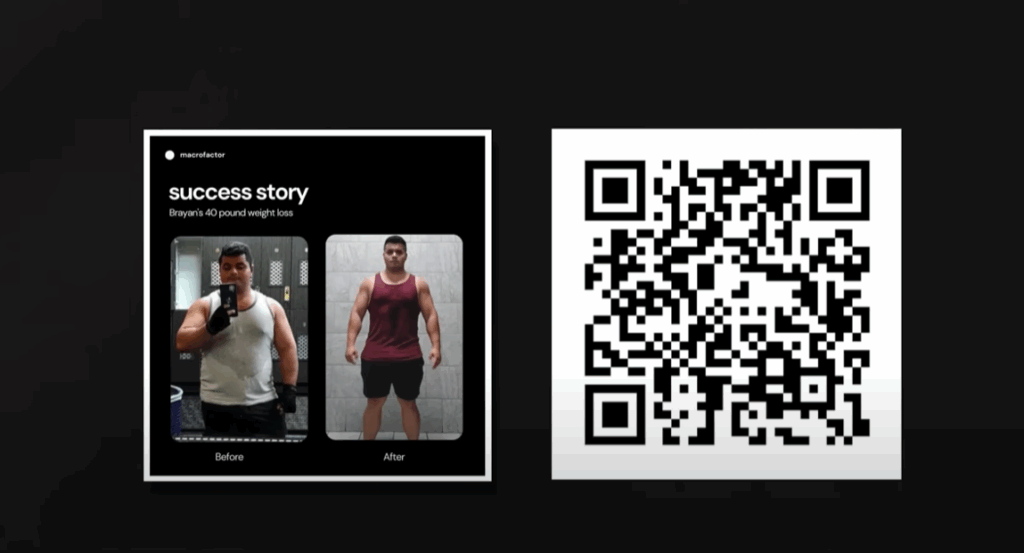Stretch-Focused Training: Revolutionary Method or Just Another Trend?
In the ever-evolving world of resistance training, new methodologies constantly emerge, aiming to redefine how we build muscle. One of the most heated discussions today revolves around “stretch-mediated hypertrophy”—the idea that training muscles in their lengthened, stretched positions may result in superior growth compared to focusing on the contracted, shortened phase. While this concept has gained traction, particularly in the science-based lifting community, not everyone agrees it’s the golden ticket to massive gains.

Understanding the Stretch Training Hype
In recent years, the emphasis on the eccentric phase and training at long muscle lengths has surged. This approach challenges traditional bodybuilding wisdom, which often focuses on achieving maximum contraction or “squeezing” the muscle. Proponents of stretch-biased training argue that the stimulus created during deep muscle elongation is more potent for hypertrophy.
But why the sudden obsession with the stretch?
Several studies—primarily on novice lifters—have demonstrated that partial reps performed in a stretched position can lead to more muscle growth than those executed in the shortened range. Furthermore, in four out of five controlled trials, these stretch-biased partial reps even outperformed full range of motion (ROM) movements.
However, the skeptics aren’t buying the hype just yet. Critics argue that much of the existing evidence is based on beginners who respond to almost any kind of training stimulus. They also cite “sarcomere addition,” a process where muscle fibers grow in length rather than thickness—something believed to occur primarily in untrained individuals. If that’s the case, the benefits of lengthened training might not carry over to experienced lifters.

Putting Theory to the Test: The First Advanced Lifter Study
To challenge these assumptions, a team of leading exercise scientists launched a groundbreaking study focused exclusively on trained individuals. Participants had nearly five years of consistent training experience, eliminating the variable of “newbie gains.” The study design was also innovative: a unilateral training protocol where each subject performed full ROM exercises on one side of the body and lengthened partials on the other.
For eight weeks, participants trained their limbs using identical exercises—biceps curls, lat pulldowns, leg presses—but varied the range of motion depending on the side. Full ROM meant performing reps from the deepest stretch to the highest contraction. In contrast, lengthened partials stopped at the midpoint, emphasizing the loaded stretch.
This design effectively controlled for genetic variability, as each subject acted as their own control. Every session was supervised, all sets were taken to failure, and consistency in execution was ensured. Nutritional intake was also tracked using a precision macro-tracking app to reduce external confounding variables.

So, What Did the Data Reveal?
After two months of rigorous training, ultrasound scans were used to measure muscle growth on both sides of each participant. Surprisingly, the results showed no statistically significant difference in hypertrophy between the full ROM group and the lengthened partials group.
Although some muscle groups (such as the biceps) showed a trend toward better growth with stretch-focused training, the variations fell within the range of normal measurement error. Simply put, when accounting for factors like genetic diversity and slight technical variances, neither training method came out clearly ahead.
Key Takeaways from the Research
The biggest revelation from this study isn’t that one method is definitively better—it’s that both approaches can be equally effective in experienced trainees. That’s powerful knowledge.
Here’s what this means for your training:
- Lengthened partials are not just a “newbie hack.” They can work just as well as full ROM even in well-trained individuals.
- The squeeze might be overrated. Since the contracted portion of the rep didn’t yield superior results, the traditional focus on “peak contraction” might not be as critical for hypertrophy as once thought.
- Program flexibility is now backed by science. If full ROM movements cause joint discomfort or are mechanically awkward for you, switching to stretch-focused partials could provide similar gains without sacrificing progress.

Where Does the Stretch Fit in Now?
This study doesn’t diminish the importance of the stretched position—it simply reframes how we should view it. Rather than being the only path to growth, it becomes one more tool in a smart lifter’s arsenal. It also highlights the importance of exercise selection: movements like Romanian deadlifts, preacher curls, and incline dumbbell presses—all of which emphasize deep muscle elongation—can still be highly effective.
But the overemphasis on “stretch is king” may be premature, at least without broader evidence across different populations and muscle groups.
The Science is Still Evolving
One study does not rewrite all exercise science, but it does challenge current dogma. Rather than swinging from one extreme to another—”always full ROM” to “only stretched partials”—the smart approach is to incorporate both intelligently into your training.
If you’re dealing with fatigue, joint limitations, or simply prefer certain exercises in a reduced ROM, you can now do so with confidence that your progress won’t suffer. Conversely, if you enjoy squeezing out every contraction, there’s no reason to stop either—as long as your volume and intensity are appropriately programmed.

Final Thoughts
Stretch-biased training isn’t a silver bullet, nor is it a gimmick. It’s a viable method, supported by both mechanistic reasoning and now—at last—real-world data on advanced lifters. This adds nuance to the training debate and empowers lifters with more choices.
In conclusion, you don’t have to pick sides. Whether you’re a fan of the old-school squeeze or a believer in the loaded stretch, both methods have earned their place in an evidence-based hypertrophy routine. The best approach? Mix them strategically, monitor your recovery, and stay consistent.
Keywords for SEO: stretch-mediated hypertrophy, lengthened partials, full range of motion training, muscle growth in advanced lifters, hypertrophy methods, stretch-focused lifting, evidence-based bodybuilding, partial rep training, advanced training research, stretch vs squeeze muscle gains
Let me know if you’d like a version of this tailored toward a specific niche (e.g., strength athletes, physique competitors, women’s fitness), or if you want a Spanish translation or keyword mapping for AdSense.



